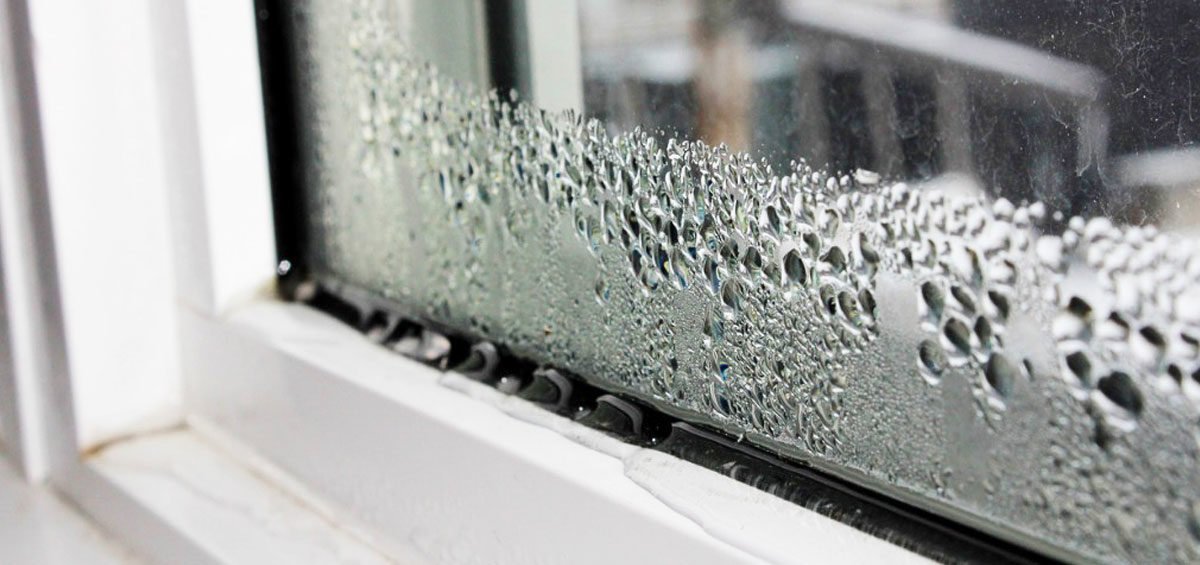What is meant by moisture intrusion?
Moisture Intrusion means the invasion of moisture into a building. If unsafe quantities of moisture are present in a building, it can cause the growth of mold, cause accidents and harm the building materials. It can also cause corrosion, decay, staining and many other things. These, in turn, can pose severe health-related issues for the inhabitants of the building. But unfortunately, these symptoms always don’t appear overnight. They make themselves silently visible with time.
Moisture is nothing but a different state of water. The presence of water can be in three forms:
- Solid i.e. in the form of ice
- Liquid
- Gas i.e. in the form of Water Vapour
Moisture doesn’t come knocking, then how does it enter our home/property?
Concrete and other building materials are not always dry even if they seem to be so. There are many sources through which moisture can enter the building. Some of the sources are mentioned below:
1. High Ambient RH
Relative humidity (RH) levels are very important, particularly when it’s being affected by an external source. Even the internal conditions of a building space can become a source of extra moisture in it. When the air within a building space carries more moisture or humidity than the elements within the buildings then those elements will absorb moisture from the surrounding air until it reaches equilibrium (in this case, an RH balance) with its surroundings. If conditions in the building enclosure operate at high humidity levels, then a water-resistant sealant or flooring finish should be applied to the concrete to minimize the moisture movement in and out of the concrete.
2. Roof Spaces
A very common source of moisture intrusion takes place on the roof. In monsoon, water tends to accumulate on the roof of the structure. From there, there are several ways that this could lead to water flooding the structure. This point is elaborately discussed in our other blog Top 7 common sources of Moisture/Water Intrusion on Roof.
3. Door and Window Frames
A leading source of moisture intrusion is the door and window frames. Water can enter the building through gaps in the frame. Normally, these moisture intrusion sources are very minor and can easily be cleaned up by the building’s occupants before they transform into a major issue. However, if left unchecked, they could cause significant damage that leads to further moisture intrusion and more damage.
4. Types of flooring
Another cause of moisture intrusion depends on the type of flooring system. Different flooring act and react differently. Take, for example, wooden flooring systems may warp or cup as floorboards expand and press against one another. Tile flooring may become loose as the adhesive fails. This may serve as a moisture intrusion area. Occupants may get musty odors coming from the floor as the combination of moisture and darkness encourages mold growth.
5. Cracks in Foundation and Walls
Cracks in the foundation and exterior walls of a structure are another major source of moisture intrusion throughout the year. Water can get in through any porous material. When vapour barriers and capillary breaks are not installed correctly or compromised, then this very strong natural force can allow groundwater to come straight into your living space. This ground moisture can ruin carpeting, discolour grout lines, and cause extensive mold growth.
6. Poor Drainage
Improper drainage can cause havoc in your property. Adequate drainage is important in removing excess water from contact with any concrete system. If drainage is not designed to handle the levels of moisture that surrounds a building, it can result in pooling/water accumulation or overflow which with time will be harmful to the concrete and the building materials in contact with it. This is best addressed during design and construction, but sometimes settling can occur, causing the drainage system to fail.
7. Groundwater
In any building structure, groundwater, either because of a high water table or the natural moisture levels of the surrounding grade, can become a source of slab moisture, particularly if no vapor retarder is installed. Whenever the ground is in contact with the concrete, it can become a point of possible moisture intrusion, which can lead to rising damp problems. It’s also possible for the moisture from external sources like groundwater to migrate through the slab, causing adhesive failure, mold or mildew growth, or other moisture-related problems on the opposite slab surface.
8. Condensation
If the difference between the temperature of the building elements and its surrounding air is significant, and the temperature and moisture level of the slab is below the dew point of its surroundings, moisture will collect on the concrete surface and be slowly absorbed. If these compounds mix with the chemicals, it can also lead to scaling or micro-cracks in the building’s elements.
Water intrusion in every building is unique because of the different building materials, components, and designs. The effect of water is different in the various building envelope materials. Indications of water disturbances include:
- Staining/Discoloration on Walls & Ceilings
- Bubbling Paint
- Delaminating Finishes such as Wall Paper and Linoleum
- Buckling Flooring
- Musty and Stale Odors
- Dimensional changes
- Decay
- Mold and Mildew
- Premature deterioration
- Efflorescence
- Corrosion
- The disintegration of force materials
- Dislodging of stones
- Blistering of paint
Understanding the potential problems, which can impact buildings and structures related to water intrusion, will help you to reduce the risk of damage, mold, etc. Healthy Homes can quickly identify affected areas and provide remediation solutions that are the most appropriate, long-lasting and cost-effective. We employ state of the art instrumentation and techniques and the best quality of products.


